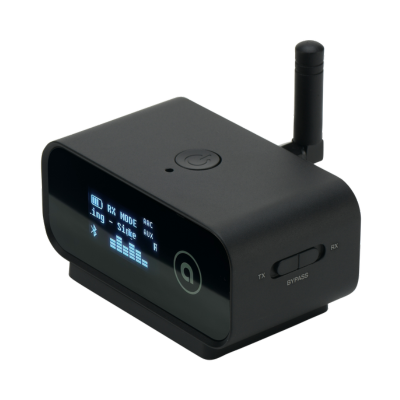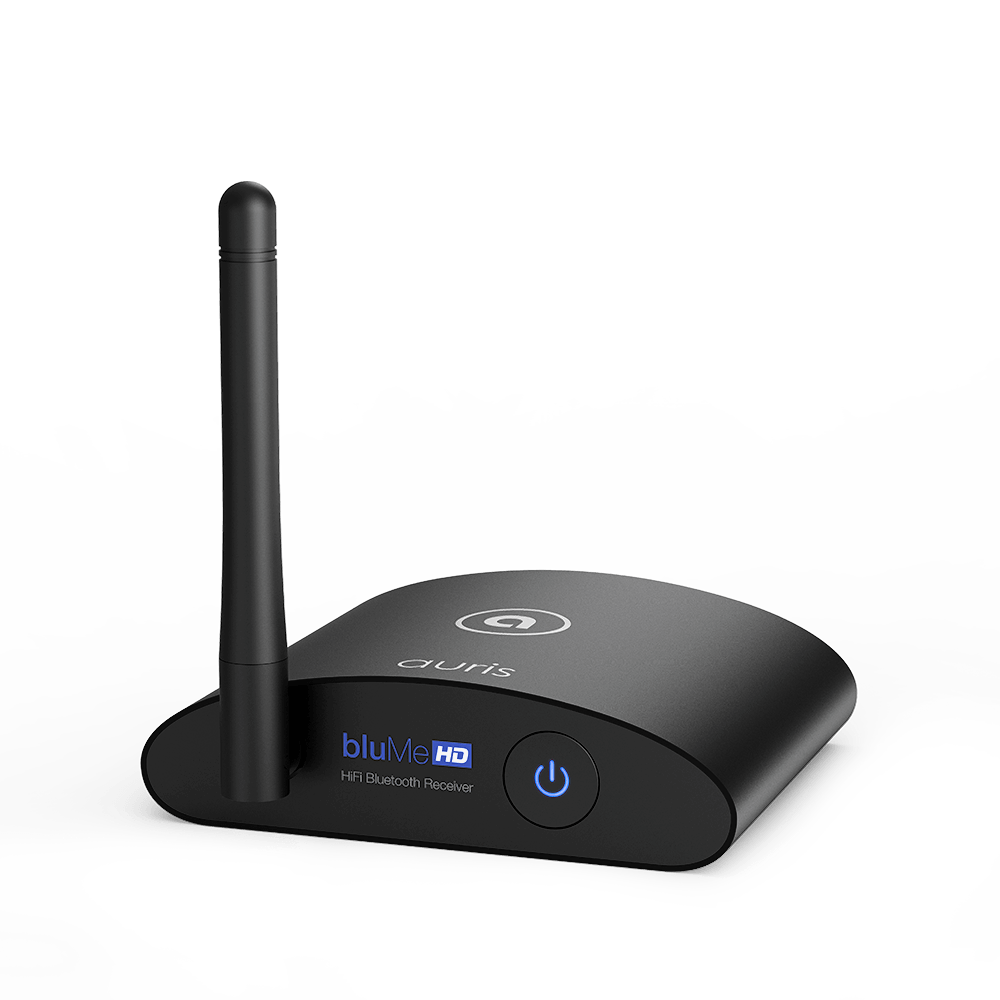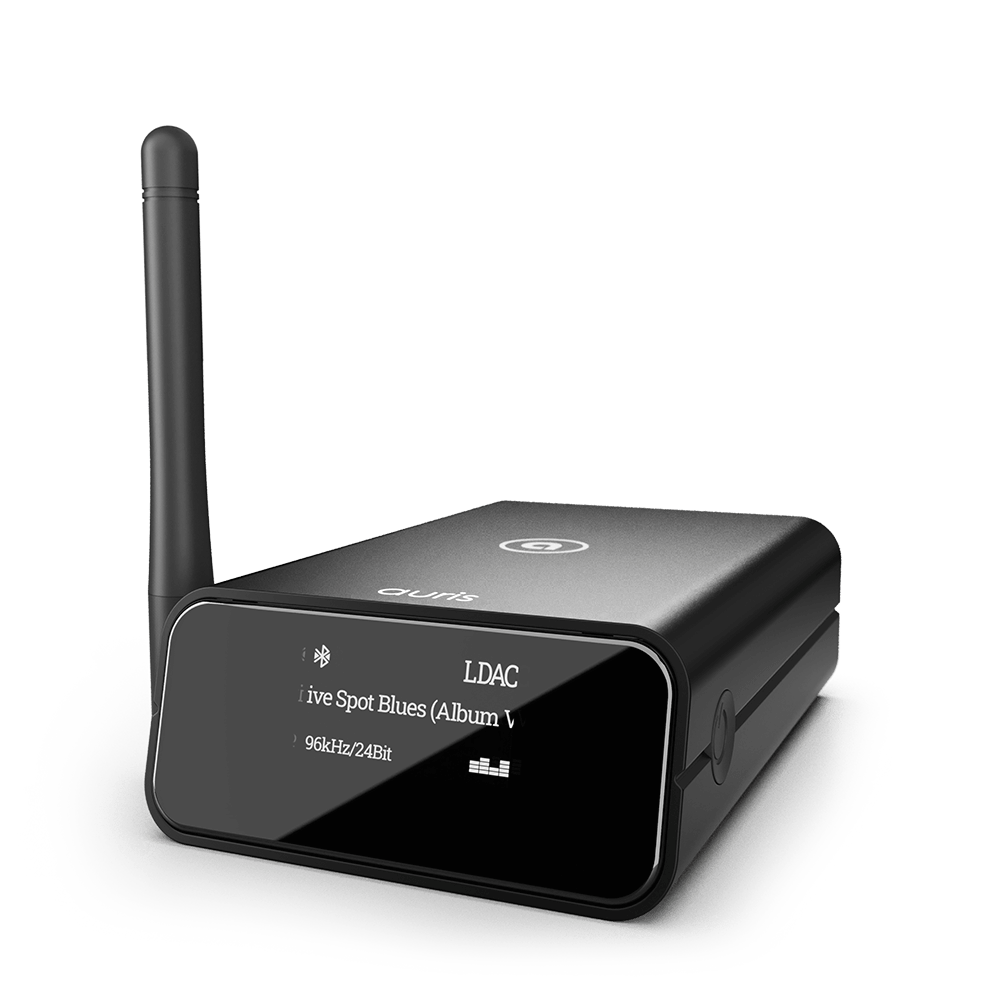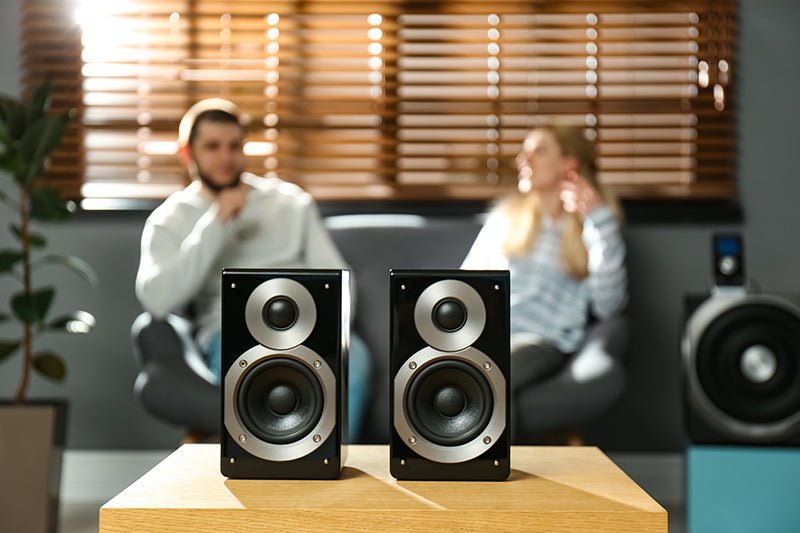
Chances are, you’re reading this article on a device that is Bluetooth compatible. These are usually your smartphones, tablets, and laptops that have the amazing functionality to stream data wirelessly through the air.
Bluetooth has even more applications than you might have realized, and it’s becoming more and more difficult to imagine a world without it. As we quickly transition from wired tech to a wireless society, it’s important to have some knowledge of what Bluetooth can offer for your own personal life.
So if you’re fairly new to Bluetooth and are ready to make the giant leap forward, we’re here to guide you through everything you need to know about this fantastic wireless protocol.
History of Bluetooth
The concept of Bluetooth was originally conceived back in 1994 by Dr. Jaap Haartsen and Ericcson. It was named after a prominent Viking who united Denmark and Norway. The Viking, named Harald, got the nickname “Bluetooth” because of a rotten tooth in his mouth that took a bluish hue. Bluetooth’s iconic logo is a combination of the Nordic letters “H” and “B” for Harald Bluetooth.
The protocol was designed to replace telecommunication cables by using short-range radio waves. The first-ever consumer Bluetooth device was released in 1999 as a hands-free mobile headset. Alongside the headset came the first version of Bluetooth 1.0, allowing developers to create wireless chipsets, dongles, etc.
Bluetooth has continually been updated since then, with its latest 5.0 version introducing new features that would have been farfetched just over 20 years ago. With technology that is always evolving, it is exciting to see how far it has come and how far it will go.
How Does Bluetooth Work?
Bluetooth works by broadcasting signals via radio waves at a 2.4GHz frequency. It uses a network organization known as “star topology.” When devices are set-up in this manner, it creates something called a piconet.
A piconet is composed of a master device (something like your phone or a laptop) and one or multiple “slave” devices (your headphones, speakers, etc.). They all share the same radio frequency and are able to communicate with one another with specific wavelengths that are dictated by the master device.
At this frequency, the devices share information with each other called “packets.” These might contain audio data, textual data, or even image data. These are what’s sent between your devices when you change the song from your phone or print something from your computer.
While this admittedly a simplified version of what’s actually happening between your Bluetooth peripherals, it can give you a sense of just exactly how complex the mechanisms are that allow you to enjoy wireless applications.
What Are the Benefits of Bluetooth?
The reason that Bluetooth has become so ingrained in our culture is because of one main facet: convenience. Wired technology is very linear, meaning that typically only two devices are able to communicate with each other through one wired system. With Bluetooth, you can control multiple devices at one time.
On top of that, wires limit our range of motion, tethering us down to a small range of mobility. The newest Bluetooth supports a range of up to 800 feet, so you could theoretically keep listening to your music from anywhere inside the house.
Not to mention, the world is quickly transitioning into a fully wireless landscape. In a market report by Bluetooth themselves, they revealed that annual Bluetooth device shipments have increased from 2.7 billion in 2014 to 4.4 billion in 2020. With that in mind, it’s a way of the future that it is important to embrace.
What Are the Limitations of Bluetooth?
As great as it is, it’s not without some flaws. One of the largest limitations of Bluetooth is the sound quality that it is able to produce. Bluetooth uses codecs that must compress audio files into small, manageable bits that can be transmitted through the air. Then, it must be decompressed into a larger file size that can be listened to from your favorite speakers.
This process is a type of lossy audio, meaning that the end result is never as pristine as the original recording. Compared to analog systems like stereos or record players, which maintain the authentic sound, it can sound a bit worse than we might hope.
Bluetooth also isn’t yet capable of transmitting visual elements, so video streaming isn’t yet available.
What Can Bluetooth Be Used For?
Bluetooth has a wide variety of uses that you can probably utilize in many different facets of your daily routine. Here are a few examples:
Speakers and Headphones
Arguably the most popular usage of Bluetooth is in wireless headphones and speaker systems. These allow you to instantly stream music from your phone’s library directly to the device without ever needing to use a wire.
They’re perfect for the gym or getting work done around the house, just because you won’t be held down by those annoying cables. They’re also great for making hands-free calls and texts, as most headphones come with a microphone that can interact with elements on your smartphone.
Smart Appliances
A new way of using Bluetooth that is on the rise is using wireless tech to communicate with smart appliances. These are products that can utilize wi-fi or Bluetooth networks to be controlled through apps on your phone.
Smart lights are a popular usage for this. These connect to your network, allowing you to use an app on your phone to control their color, dimness, and even set automated timers to switch on and off.
Turning Wired Devices Into Wireless
Since we know that wired systems have better quality sound than wireless Bluetooth devices but just aren’t nearly as convenient, wouldn’t it be great if we could combine those two benefits into one?
The great news is that you can with a Bluetooth receiver. This device can attach to any existing analog or digital stereo system, allowing you to connect a master device and have full control. It means that you’ll be able to play your favorite Spotify playlists without ever having to sacrifice the authentic sound that you know and love.
Similarly, you could turn your television into a wirelessly compatible device by getting a Bluetooth transmitter. The speakers on a TV aren’t the greatest for watching movies from the safety of your home. But with a transmitter, you can use Bluetooth technology to broadcast the TVs sound to a quality wireless speaker or even headphones. You could pair up to two devices at one time, so you could even create your own surround sound set-up right at home.
If Bluetooth weren’t so convenient, these types of gadgets would never have been invented in the first place. They’re really great to have on hand, especially if good audio quality is something you want to be able to maintain.
File Transfers
Transferring files between a phone and computer used to be a nauseating endeavor because of all of the cables needed to make it work. But Bluetooth has made it easier than ever before.
You could even use Bluetooth to share information between two phones. Apple has recently introduced a feature called “Airdropping,” which uses Bluetooth frequencies to easily send files to another iPhone within range at just the click of a button.
While these methods might not be as fast as a traditional wire method, there is really no doubting that it’s a whole lot simpler.
In Conclusion
If you don’t have much experience working with Bluetooth, it can be overwhelming to figure out where to start. However, once you learn a little bit about how it works, you’ll never go back to traditional wired devices.
Since its inception in the late 90s, Bluetooth has allowed for seamless music streaming, smart device control, file transfer, and wired compatibility like we’ve never seen before. As it continues to grow in popularity, so too does its vast catalog of uses and features.
Bluetooth shows no signs of slowing down anytime soon, and we are excited to see just exactly how it will be engineered to assist us in our busy lives.
Sources:
Bluetooth: Why Modern Tech is Named After Powerful King of Denmark and Norway | Ancient Origins
Radio Frequency Radiation and Cell Phones | FDA
2019 Bluetooth Market Update | Bluetooth® Technology Website





